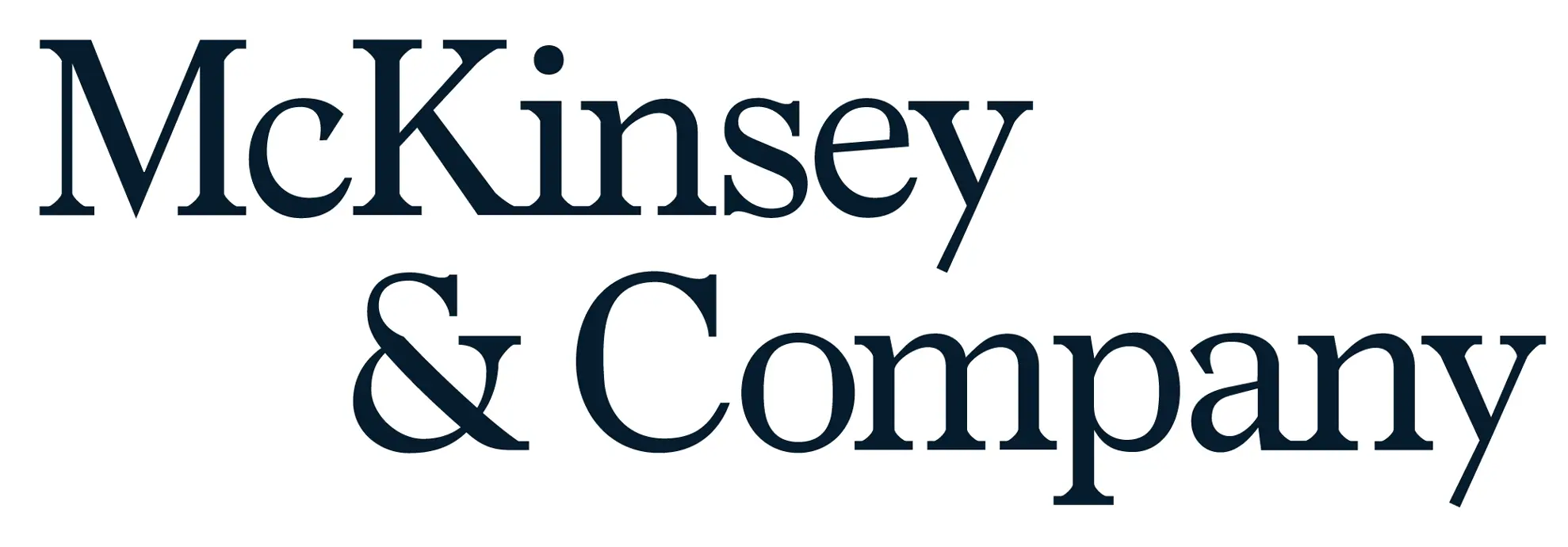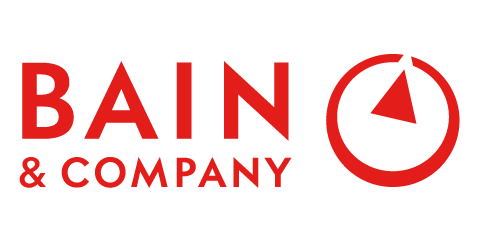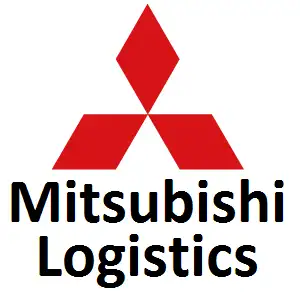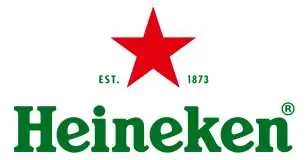
Human Embryonic Stem Cells Market Growth Share, Size, Trends, Analysis and Revenue
Human Embryonic Stem Cells Market Growth, Size and Trends Analysis - By Application - Regional Outlook, Competitive Strategies and Segment Forecast to 2034
| Published: Feb-2025 | Report ID: HLCA2546 | Pages: 1 - 260 | Formats*: |
| Category : Healthcare | |||


- In January 2024, Propagenix Inc. was acquired by STEMCELL Technologies. This acquisition has a major effect on Stem cells growth trajectory. It is anticipated that the merger will accelerate scientific research in labs and clinical settings to address a variety of ailments.
- In September 2023, Initiatives to promote individualized medical research using human tissues and stem cells were approved by the Abu Dhabi government. In order to enable the provision of individualized medical care through advanced treatment regimens that utilize human stem cells and tissues for research, this project creates a biobank.
- In September 2022, Instead of utilizing sperm, eggs, or a womb, Israeli scientists used stem cells to create a model of a human fetus in the lab, offering a unique glimpse into the early stages of embryonic development.
| Report Metric | Details |
| Market size available for years | 2021-2034 |
| Base year considered | 2024 |
| Forecast period | 2025-2034 |
| Segments covered | By Application. |
| Regions covered | North America, Latin America, Asia-Pacific, Europe, and Middle East & Africa. |
| Companies Covered | Thermo Fisher Scientific, Inc., STEMCELL Technologies, Merck KGaA, CellGenix GmbH, PromoCell GmbH, Takara Bio, Lonza, ATCC, Cellartis AB, Accegen, Cell Applications, Inc., Bio-Techne. and others. |
- Global Human Embryonic Stem Cells Market Size (FY2021-FY2034)
- Overview of Global Human Embryonic Stem Cells Market
- Segmentation of Global Human Embryonic Stem Cells Market By Application (Regenerative Medicine, Stem Cell Biology Research, Tissue Engineering, Toxicology Testing)
- Statistical Snap of Global Human Embryonic Stem Cells Market
- Expansion Analysis of Global Human Embryonic Stem Cells Market
- Problems and Obstacles in Global Human Embryonic Stem Cells Market
- Competitive Landscape in the Global Human Embryonic Stem Cells Market
- Details on Current Investment in Global Human Embryonic Stem Cells Market
- Competitive Analysis of Global Human Embryonic Stem Cells Market
- Prominent Players in the Global Human Embryonic Stem Cells Market
- SWOT Analysis of Global Human Embryonic Stem Cells Market
- Global Human Embryonic Stem Cells Market Future Outlook and Projections (FY2025-FY2034)
- Recommendations from Analyst
1.1. Scope of the report1.2. Market segment analysis
2.1. Research data source
2.1.1. Secondary Data2.1.2. Primary Data2.1.3. SPERs internal database2.1.4. Premium insight from KOLs
2.2. Market size estimation
2.2.1. Top-down and Bottom-up approach
2.3. Data triangulation
4.1. Driver, Restraint, Opportunity and Challenges analysis
4.1.1. Drivers4.1.2. Restraints4.1.3. Opportunities4.1.4. Challenges
5.1. SWOT Analysis
5.1.1. Strengths5.1.2. Weaknesses5.1.3. Opportunities5.1.4. Threats
5.2. PESTEL Analysis
5.2.1. Political Landscape5.2.2. Economic Landscape5.2.3. Social Landscape5.2.4. Technological Landscape
5.2.5. Environmental Landscape
5.2.6. Legal Landscape
5.3. PORTERs Five Forces
5.3.1. Bargaining power of suppliers5.3.2. Bargaining power of buyers5.3.3. Threat of Substitute5.3.4. Threat of new entrant5.3.5. Competitive rivalry
5.4. Heat Map Analysis
6.1. Global Human Embryonic Stem Cells Market Manufacturing Base Distribution, Sales Area, Product Type6.2. Mergers & Acquisitions, Partnerships, Product Launch, and Collaboration in Global Human Embryonic Stem Cells Market
7.1. Regenerative Medicine7.2. Stem Cell Biology Research7.3. Tissue Engineering7.4. Toxicology Testing
8.1. Global Human Embryonic Stem Cells Market Size and Market Share
9.1. Asia-Pacific
9.1.1. Australia9.1.2. China9.1.3. India9.1.4. Japan9.1.5. South Korea9.1.6. Rest of Asia-Pacific
9.2. Europe
9.2.1. France9.2.2. Germany9.2.3. Italy9.2.4. Spain9.2.5. United Kingdom9.2.6. Rest of Europe
9.3. Middle East and Africa
9.3.1. Kingdom of Saudi Arabia9.3.2. United Arab Emirates9.3.3. Qatar9.3.4. South Africa9.3.5. Egypt9.3.6. Morocco9.3.7. Nigeria9.3.8. Rest of Middle-East and Africa
9.4. North America
9.4.1. Canada9.4.2. Mexico9.4.3. United States
9.5. Latin America
9.5.1. Argentina9.5.2. Brazil9.5.3. Rest of Latin America
10.1. Thermo Fisher Scientific, Inc.
10.1.1. Company details10.1.2. Financial outlook10.1.3. Product summary10.1.4. Recent developments
10.2. STEMCELL Technologies
10.2.1. Company details10.2.2. Financial outlook10.2.3. Product summary10.2.4. Recent developments
10.3. Merck KGaA
10.3.1. Company details10.3.2. Financial outlook10.3.3. Product summary10.3.4. Recent developments
10.4. Sartorius AG
10.4.1. Company details10.4.2. Financial outlook10.4.3. Product summary10.4.4. Recent developments
10.5. PromoCell GmBH
10.5.1. Company details10.5.2. Financial outlook10.5.3. Product summary10.5.4. Recent developments
10.6. Takara Bio
10.6.1. Company details10.6.2. Financial outlook10.6.3. Product summary10.6.4. Recent developments
10.7. Lonza
10.7.1. Company details10.7.2. Financial outlook10.7.3. Product summary10.7.4. Recent developments
10.8. Cellartis AB
10.8.1. Company details10.8.2. Financial outlook10.8.3. Product summary10.8.4. Recent developments
10.9. ATCC
10.9.1. Company details10.9.2. Financial outlook10.9.3. Product summary10.9.4. Recent developments
10.10. AcceGen
10.10.1. Company details10.10.2. Financial outlook10.10.3. Product summary10.10.4. Recent developments
10.11. Others
SPER Market Research’s methodology uses great emphasis on primary research to ensure that the market intelligence insights are up to date, reliable and accurate. Primary interviews are done with players involved in each phase of a supply chain to analyze the market forecasting. The secondary research method is used to help you fully understand how the future markets and the spending patterns look likes.
The report is based on in-depth qualitative and quantitative analysis of the Product Market. The quantitative analysis involves the application of various projection and sampling techniques. The qualitative analysis involves primary interviews, surveys, and vendor briefings. The data gathered as a result of these processes are validated through experts opinion. Our research methodology entails an ideal mixture of primary and secondary initiatives.
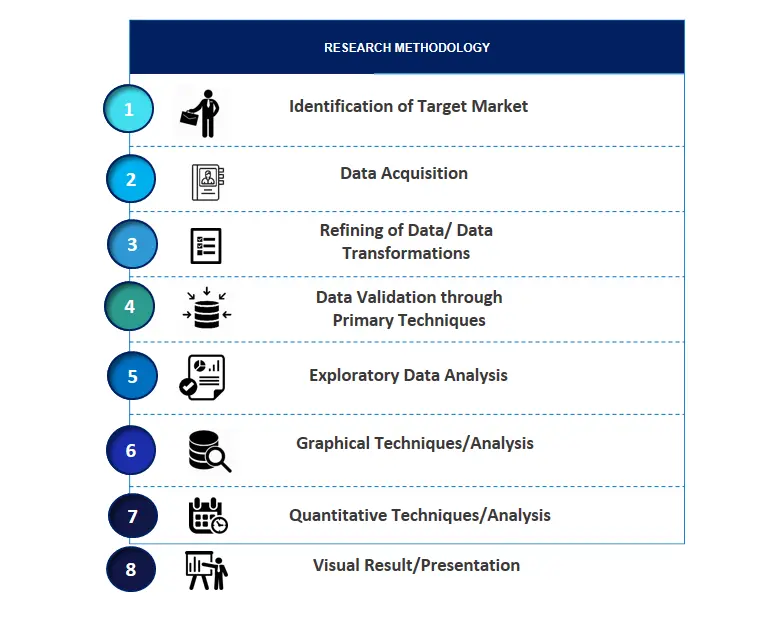
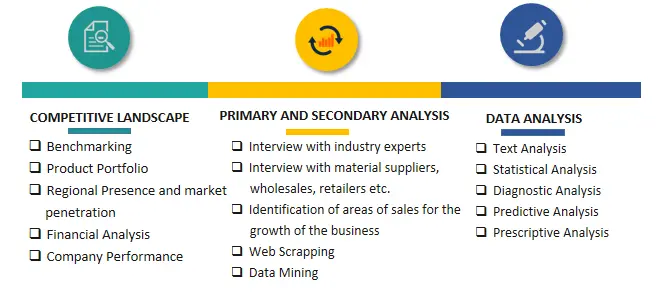

Frequently Asked Questions About This Report
PLACE AN ORDER
Year End Discount
Sample Report
Pre-Purchase Inquiry
NEED CUSTOMIZATION?
Request CustomizationCALL OR EMAIL US
100% Secure Payment






Related Reports
Our Global Clients
Our data-driven insights have influenced the strategy of 200+ reputed companies across the globe.






